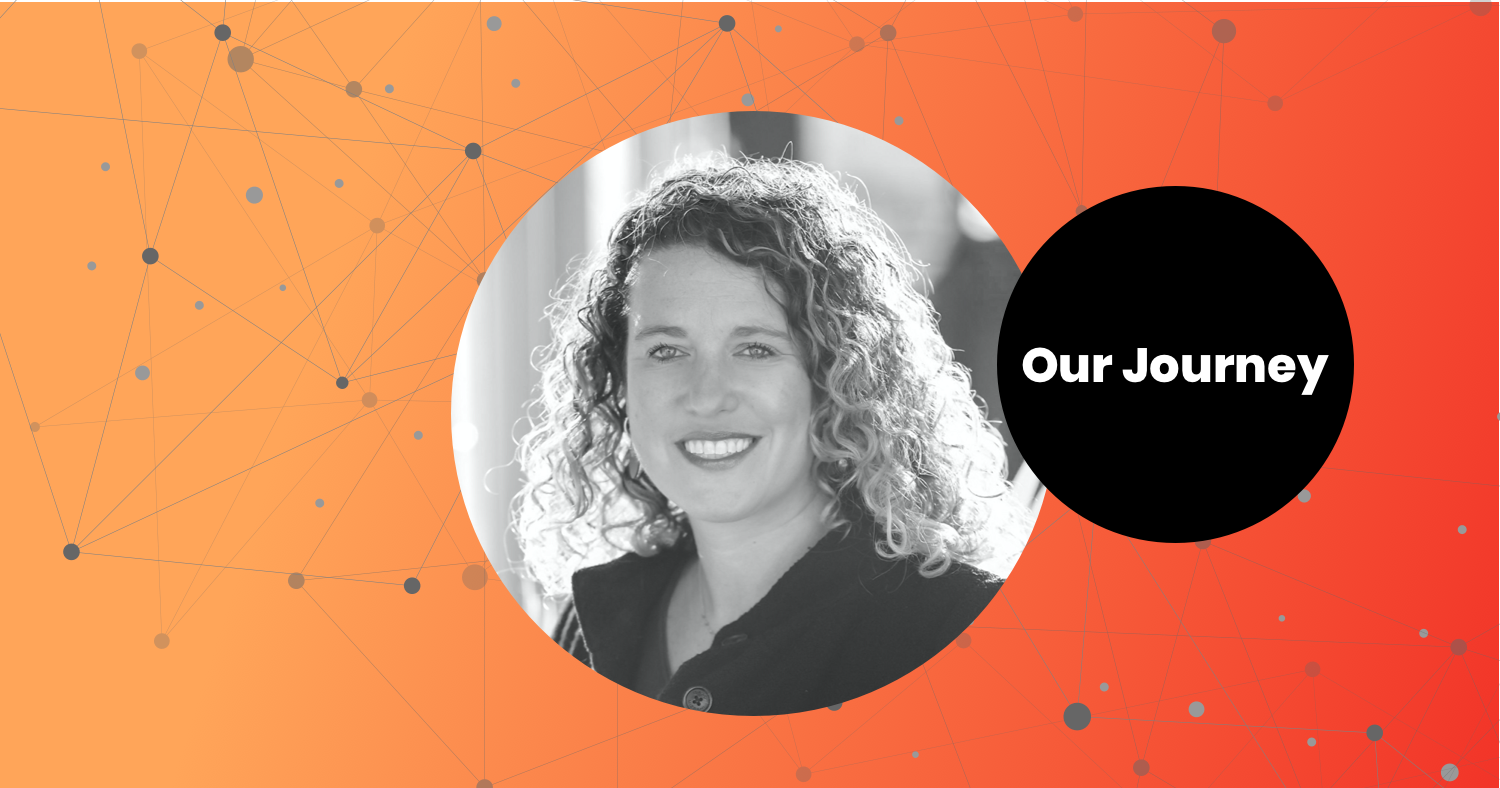This blog series shares the curriculum implementation journeys of districts across the country, through interviews with each of our squad members.
In your district, what problem or data prompted you to adopt a new literacy curriculum? How did you hope the curriculum you chose would help you address it?
We are a school district operating under an MOU with our State Department of Public Instruction due to low performance. What I noticed when I arrived three years ago is that a lot of our students were receiving instruction below grade level, so we were never catching up. So, in 2019 we looked at ELA curricula that would engage our students in reading at grade level, and would do so with a diversity of rigorous, multicultural texts. Having a curriculum that includes social-emotional learning and character development, and that recognizes many students have had to manage trauma, was also important. Finally, we wanted a curriculum that would help students build content knowledge and, obviously, that aligned to state standards and had the capacity to support mastery of them. These are the reasons we chose EL Education Language Arts and Eureka Math.
What shifts in mindset were necessary for a successful implementation? How did teachers’ mindset change? How did leaders’ mindset change?
The hardest thing for teachers was understanding how the curricula aligned with our state standards.Teachers were focusing on individual standards in isolation, which we know doesn’t work. So we needed to shift the conversation to outcomes, and we created a crosswalk that matches the learning targets in the curriculum to our Virginia Standards Of Learning (SOLs). We helped teachers translate the vocabulary of our standards to the vocabulary in the curriculum. Then we took each test item in the assessments for the EL Education Language Arts curriculum and matched it to the state standards that it addresses. This is all still a work in progress, but when teachers really understand that the curriculum is aiming at the same knowledge and skills as our standards, they feel more confident about implementing it.
The other important groundwork was helping teachers understand that these are not plug and play curricula. We intentionally talk about implementing with integrity, not fidelity. We don’t want leaders coming in and saying, “You’re not on this lesson,” or “Why aren’t you doing this piece right now?” Instead, leaders need to figure out how to give teachers choice and freedom and also support them in deeply learning the curriculum so that they know when and how and when they can modify lessons appropriately.
How is this curriculum work driving greater equity in your district? What are teachers, leaders, and students doing differently to achieve a better outcome?
All of our principals and assistant principals attended the virtual summit with UnBound Ed this summer focusing on equity. Now we have a small group participating in a cohort that is looking at antiracist education and the ways in which grade-level work and the high expectations we set can lift students up. The curricula we’ve selected invite students to take ownership of their learning, and that’s what we want. We want students to have a voice—no matter their race, color, or gender—to be advocates for what matters to them. Also, conversation cues, especially for ELLs, are built into the ELA curriculum. Linguistic development is built in, speaking and listening time, and structures that encourage conversation between students. This is all a part of driving equity too.
Your district is just three weeks into the new school year. What are you hoping for or focusing on now as you reorient to in-person instruction?
Last year we were using EL Education’s Flex Curriculum, which is designed for virtual instruction. This year we are just three weeks into in-person instruction, so we are very much in reset mode. One of the things I’d like to see is that every elementary and middle school engage their families, either virtually or in person, in better understanding what’s happening instructionally. Let’s introduce our families to each module before we teach it so that families understand the conversations students are having and can ask questions and get excited about the conversations they can have with their students at home. Deep conversations is what our ELA curriculum, in particular, is intended to evoke. Opening those doors at home as well as at school will help accelerate learning for all children.

